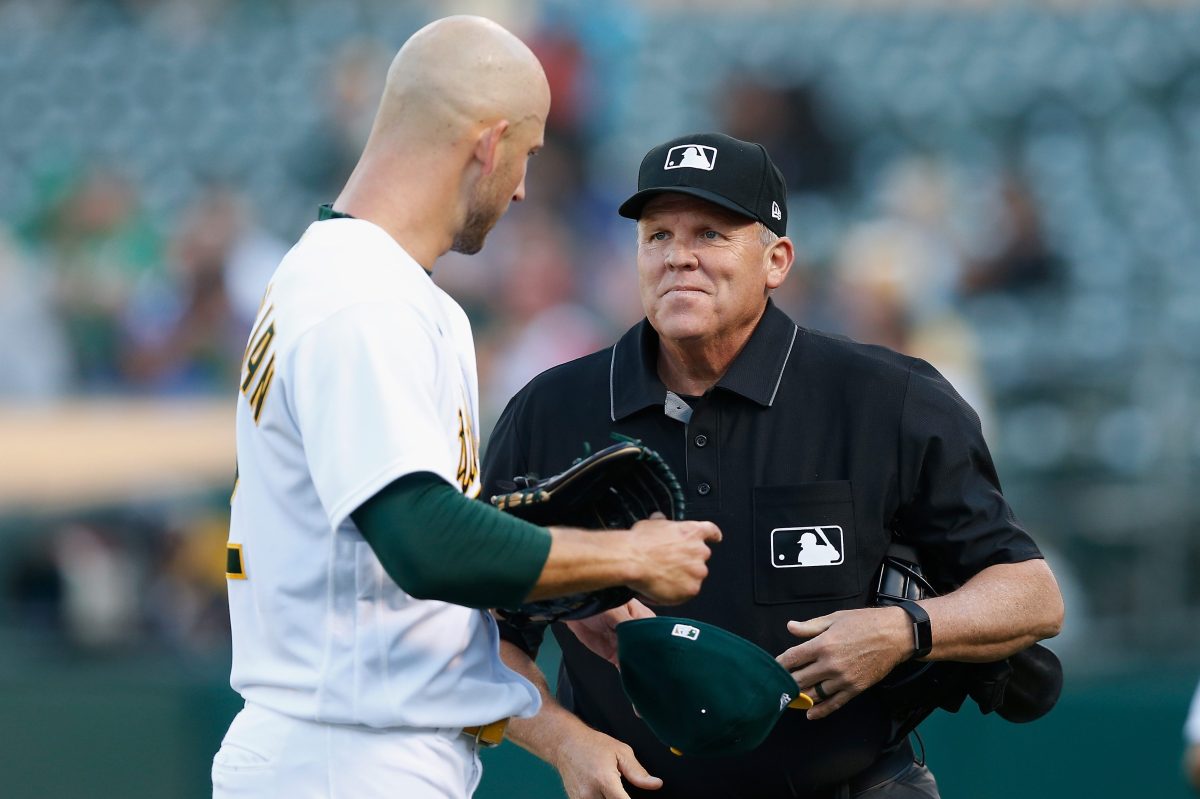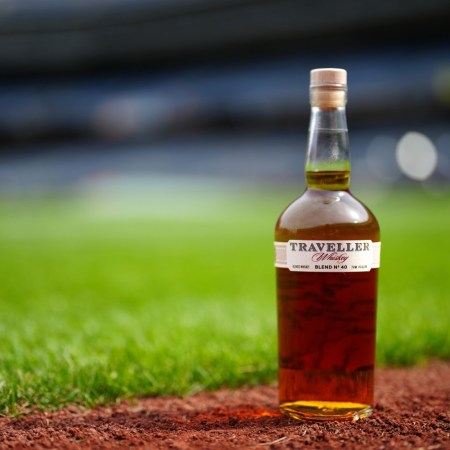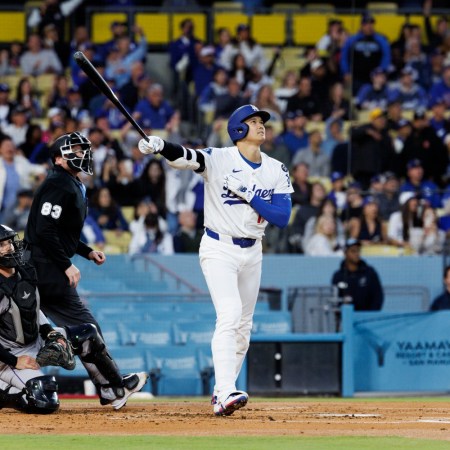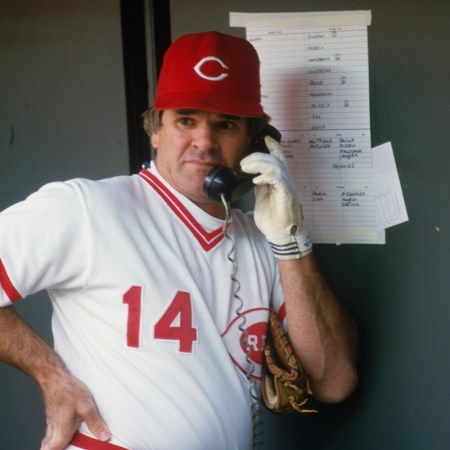Before we get to the pitchers who appear to be the biggest cheaters in Major League Baseball, it’d be a crime not to acknowledge a piece of baseball history that occurred on this date 45 years ago today.
On July 20, 1976, Hank Aaron, who passed away in January, belted the 755th and final home run of his legendary career at the age of 42 in the seventh inning off reliever Dick Drago while serving as the DH for the Brewers in a 6-2 win over the then-California Angels at County Stadium.
Milwaukee groundskeeper Richard Arndt caught Aaron’s record-setting ball and sold it for $650,000 in 1999, the Los Angeles Times reported. “Hammerin’ Hank,” who hit his first major league home run on April 23 in 1954, held the record for most home runs in MLB history for 31 years, until Barry Bonds, who has 762, broke it in 2007.
No stranger to bending the rules, Bonds would’ve been right at home in the majors this season — at least until MLB’s crackdown on foreign substances began.
Announced earlier in June but not officially enforced until later in the month, MLB’s ban of pitchers using sticky substances like Spider Tack on the mound to get a better grip on the baseball and vastly increase their “spin rate” (thus making the ball harder to hit) has been in place for about a month.
So that means there is now about a month’s worth of data on what has been happening across the league and which pitchers have seen their spin rate decline the most since MLB’s ban officially was put in place. A team of reporters at The New York Times, bless their hearts, compared that data with historical figures and stats to determine what has actually been going on.
Per The Times, walks increased for the first time in decades and the number of at-bats ending in a strikeout have dropped to 23% since June 15, both of which have led to the biggest increase in on-base percentage since at least 1990.
While those leaguewide statistics make it pretty clear how prevalent doctoring the ball was across baseball, it becomes even more obvious when examining how the spin rate has changed for individual pitchers since the crackdown. Of the 131 pitchers who had thrown at least 150 fastballs since June 15 that The Times used in its analysis, the spin rate fell for all but 29 of them. Of the 102 pitchers who saw their spin rate drop since then, nine had their fastball lose 200 revolutions per minute or more.
For those who have been following the story, it isn’t surprising to see pitchers who have publicly pushed back against the crackdown, like Garrett Richards of the Red Sox, Gerrit Cole of the Yankees and Trevor Bauer of the Dodgers, among those nine names. But Richards, Cole and Bauer are not at the top of the list for the biggest decline in spin rate. Nope, the name you’ll see there is James Kaprielian.
A 27-year-old starter for the Oakland Athletics, Kaprielian was a first-round pick in 2015 but didn’t make it to the majors until last season. Upon Kaprielian’s arrival, it was easy to see why, as he compiled a 7.36 ERA in a handful of appearances with the A’s in 2020. However, it was a whole new ballgame for Kaprielian in 2021, as the right-hander went 3-1 with an ERA of 2.51 and 35 strikeouts in six appearances prior to June 15.
Since then, Kaprielian has seen his fastball lose 325 revolutions per minute, tops in the majors.
“A pitcher’s fastball going from 2,600 revolutions per minute to 2,400 might not seem like much. But that much spin can account for an extra inch of movement on a fastball — and significantly more for some pitchers,” according to The Times. ” And in baseball, an inch can mean the difference between a three-run home run and an inning-ending double play.”
In Kaprielian’s case, the drop in spin rate hasn’t made him entirely ineffective (the same can’t be said for some other pitchers), but it has led to his ERA going up by almost a run, to 3.34. (Interestingly, Kaprielian has actually seen a slight uptick in his strikeouts per appearance, from 5.34 to 6.2, and his walk rate go down.)
Can Kaprielian keep pitching well without the goo? Based on this limited sample size, the answer would appear to be “yes.” But let’s check back in about a month to see if he still looks like the 2021 version of himself, or reverts back to the guy who got knocked around the ballpark in 2020.
The Charge will help you move better, think clearer and stay in the game longer. Subscribe to our wellness newsletter today.























